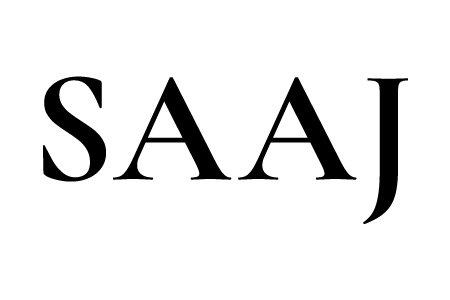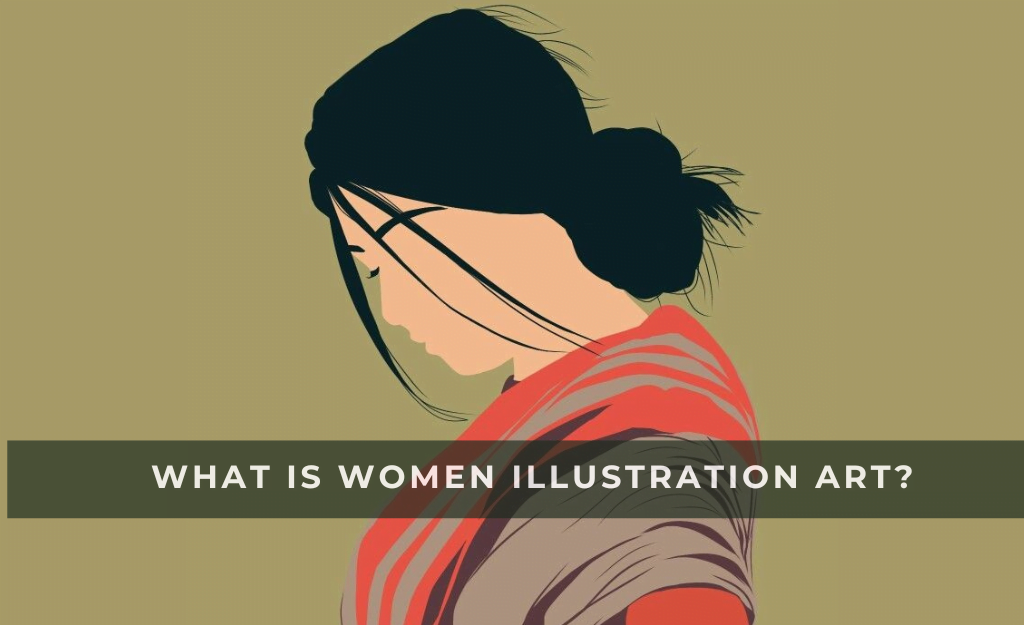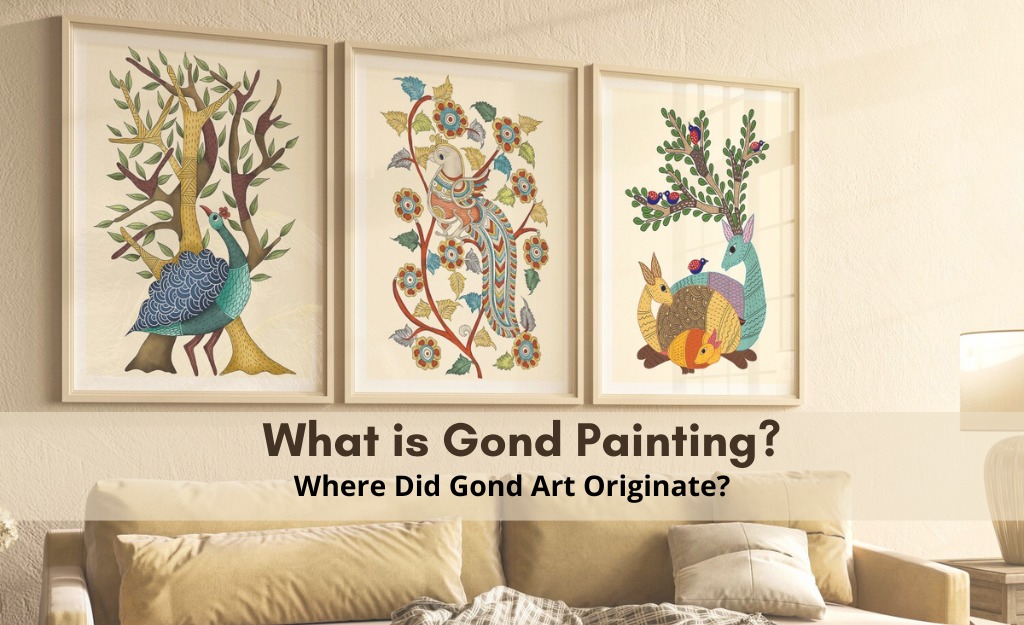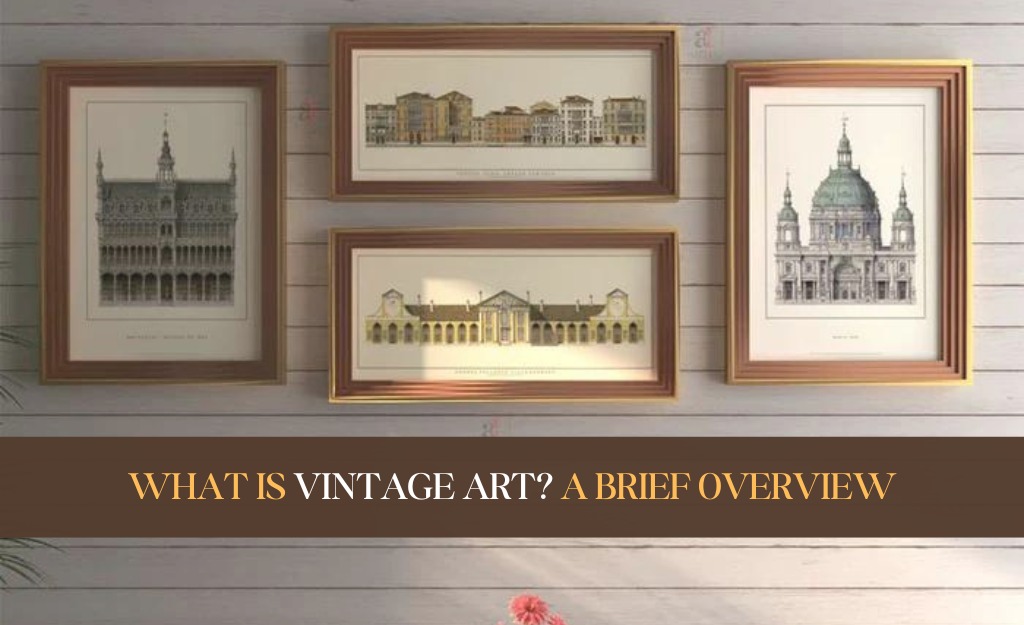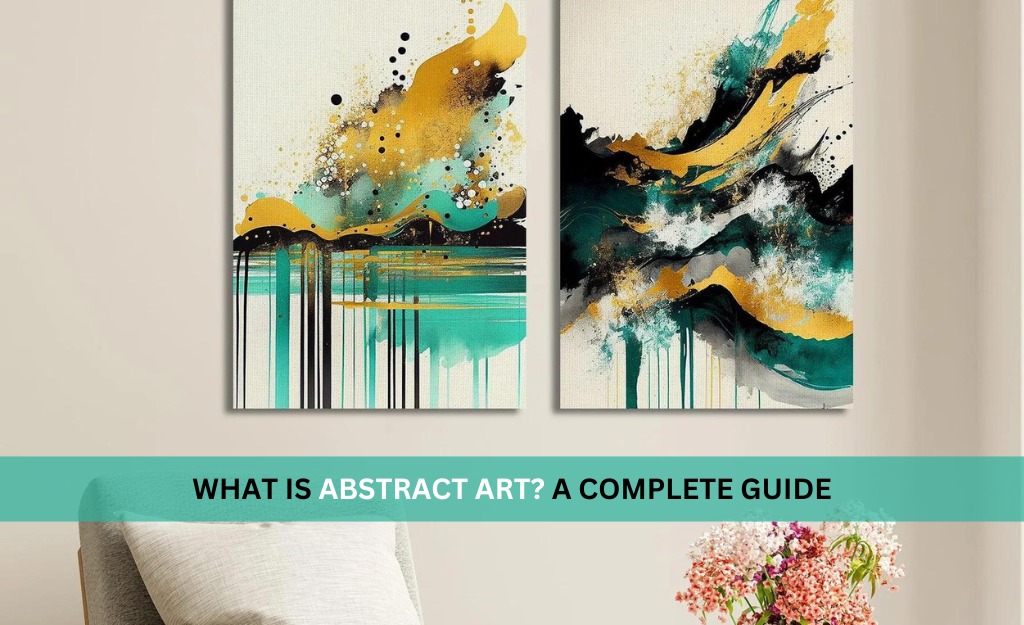Women illustration art is a multifaceted and dynamic genre within the broader field of illustration that focuses on depicting, representing, and celebrating women in various contexts. This genre encompasses various styles, themes, and purposes, from historical and cultural portrayals to contemporary and feminist expressions. It plays a crucial role in art and society, offering a lens through which the experiences, identities, and contributions of women are visualized and appreciated. This article explores the definition, historical context, thematic elements, techniques, and cultural significance of women illustration wall art, highlighting its impact on both the art world and broader social discourse.
Definition and Scope
Framed women illustration art online refers to artworks that depict women, often highlighting their roles, experiences, emotions, and identities. These illustrations can be found in various media, including books, magazines, posters, digital platforms, and art galleries. The scope of women illustration art is vast, encompassing:
- Historical and Cultural Illustrations: Depictions of women from different historical periods and cultures, showcasing traditional attire, roles, and activities.
- Contemporary and Modern Illustrations: Modern depictions of women, often addressing current issues, fashion, lifestyle, and social roles.
- Feminist Art: Illustrations that explore themes of gender equality, empowerment, and social justice, often challenging stereotypes and advocating for women’s rights.
- Portraits and Character Studies: Detailed portrayals of individual women, highlighting their unique features, personalities, and stories.
- Fantasy and Fictional Illustrations: Creative depictions of women in fantasy settings, literature, and mythology, often emphasizing strength, beauty, and heroism.
Historical Context
The representation of women in art has a long and varied history, reflecting societal attitudes and cultural norms. In traditional and classical art, women were often depicted in roles and contexts defined by prevailing gender norms. These depictions ranged from goddesses and mythological figures to portraits of nobility and everyday women.
The 19th and early 20th centuries saw significant changes in the portrayal of women, influenced by movements such as Romanticism, Realism, and Impressionism. Artists began to explore more diverse and nuanced representations, capturing the complexity of women’s lives and emotions.
The rise of feminism in the mid-20th century brought a transformative shift in women illustration art. Feminist artists challenged conventional depictions and sought to redefine the representation of women in art. This period saw the emergence of powerful and provocative illustrations that addressed issues of gender inequality, body image, and social roles.
Thematic Elements
Women illustration wall art encompasses a wide range of themes, each reflecting different aspects of women’s lives and identities. Some common themes include:
- Empowerment and Strength: Illustrations that depict women as strong, independent, and empowered individuals. These artworks often challenge traditional stereotypes and celebrate women’s resilience and achievements.
- Beauty and Fashion: Framed artworks online that explore concepts of beauty and fashion, often highlighting the diversity of women’s appearances and styles. These illustrations can be found in fashion magazines, advertisements, and social media.
- Motherhood and Family: Depictions of women in their roles as mothers, daughters, and family members. These illustrations often emphasize the nurturing and caring aspects of women’s lives.
- Work and Career: Illustrations that portray women in various professional and vocational roles, highlighting their contributions to different fields and industries. These artworks challenge the notion of gender-specific careers and advocate for equal opportunities.
- Cultural and Ethnic Diversity: Artworks that celebrate the cultural and ethnic diversity of women around the world. These illustrations showcase traditional attire, customs, and cultural practices, promoting inclusivity and understanding.
- Feminism and Activism: Illustrations that address feminist themes and social justice issues, advocating for gender equality and women’s rights. These artworks often incorporate powerful symbols and messages to inspire change.
Techniques and Styles
Additionally, women illustration art painting is characterized by a wide range of techniques and styles, reflecting the diversity and creativity of artists in this genre. Some common techniques include:
- Traditional Media: Pencil, ink, watercolor, and oil paints are often used to create detailed and expressive illustrations. Traditional techniques allow for rich textures and depth, adding a tactile quality to the artwork.
- Digital Illustration: With the advent of digital technology, many artists now create illustrations using software such as Adobe Illustrator, Photoshop, and Procreate. Digital techniques offer versatility and precision, enabling artists to experiment with different styles and effects.
- Mixed Media: Some artists combine traditional and digital techniques, using both physical and digital tools to create unique and layered illustrations. Mixed media allows for a fusion of textures and styles, enhancing the visual impact of the artwork.
- Minimalism and Abstraction: Minimalist and abstract styles are also prevalent in women illustration art. These techniques focus on simplifying forms and using bold colors and shapes to convey emotions and concepts.
- Realism and Hyperrealism: Realistic and hyperrealistic illustrations aim to capture the true essence of their subjects with meticulous detail. These styles often highlight the beauty and complexity of women’s appearances and expressions.
Cultural Significance
Overall, women’s online illustration art painting in India holds significant cultural importance, influencing and reflecting societal attitudes towards women. Some key aspects of its cultural significance include:
- Representation and Visibility: Women illustration art provides a platform for the representation and visibility of women in diverse roles and contexts. By depicting women in various forms, these artworks challenge stereotypes and promote a more inclusive and accurate portrayal of women’s lives.
- Empowerment and Inspiration: Illustrations that celebrate women’s strength, beauty, and achievements inspire and empower viewers. These artworks serve as a source of motivation and encouragement, especially for young women and girls.
- Social Commentary: Many women illustrators use their art to comment on social issues, including gender inequality, body image, and women’s rights. These illustrations raise awareness and provoke discussions, contributing to social change.
- Cultural Preservation: Women illustration art also plays a role in preserving and celebrating cultural heritage. By depicting traditional attire, customs, and practices, these artworks promote cultural understanding and appreciation.
- Artistic Innovation: Women illustrators continue to push the boundaries of artistic expression, experimenting with new techniques, styles, and themes. Their contributions enrich the art world and inspire future generations of artists.
Contemporary Relevance
In the contemporary art scene, women illustration art painting remains vibrant and relevant. Social media platforms such as Instagram and Pinterest have become popular spaces for illustrators to share their work, reach a global audience, and connect with other artists. Online communities and marketplaces provide opportunities for women illustrators to gain recognition and monetize their art.
The rise of feminist movements and the ongoing fight for gender equality have also fueled interest in women illustration art. Artists use their illustrations to support and amplify feminist causes, contributing to a broader cultural movement towards equality and justice.
Educational institutions, galleries, and museums increasingly recognize the value of women illustration art, incorporating it into their exhibitions and curricula. These efforts highlight the importance of diverse representation in art and encourage a more inclusive approach to art history and appreciation.
Conclusion
At last, women illustration wall art is a powerful and dynamic genre that combines artistic excellence with social and cultural relevance. From historical depictions to contemporary feminist expressions, these illustrations offer a rich and diverse portrayal of women’s lives and identities. By celebrating women’s strength, beauty, and achievements, women illustration art inspires, empowers, and educates, contributing to a more inclusive and equitable society. As the genre continues to evolve and thrive, it will undoubtedly remain a vital and influential force in both the art world and broader cultural discourse. At SAAJ Decor, we have a unique and vast collection of framed women illustration art painting online in India.
